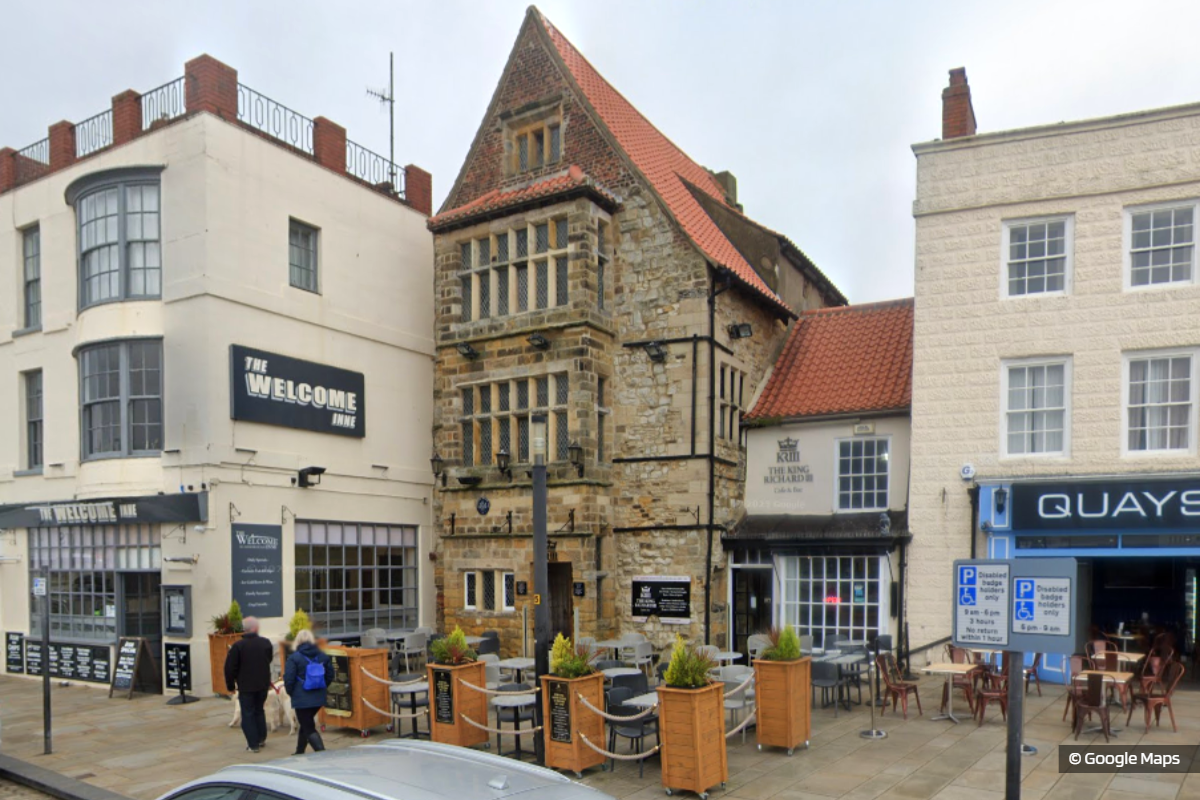
Plans to renovate a historic Grade-I Listed building in Scarborough’s popular South Bay have been rejected by North Yorkshire Council.
A proposal by the King Richard III bar and restaurant at 23-24 Sandside has been blocked due to concerns that it would harm the heritage building and the wider conservation area.
The installation of replacement timber windows and doors and the replacement of a section of lead roofing and render repairs had been proposed by the business.
Despite concluding that “the harm is classed as less than substantial”, officers said the scheme could not be allowed to go ahead.
Nationally, only two per cent of historic buildings are Grade-I Listed and others in the town with the same status include Scarborough Castle and St. Mary’s Church on Castle Road.
NYC’s conservation officer said that the proposed repairs
“fail to conserve the shopfront window and door, fanlight and awning, which are features of architectural and historic significance” in the property which has the “highest architectural and historic interest”.
The officer added:
“Great weight should be given to the asset’s conservation and the more important the asset, the greater the weight should be”.
A planning report states:
“Although the harm is classed as less than substantial, due to the importance of the heritage asset, the loss of historic fabric proposed is assessed to be at the highest end of the ‘less than substantial’ scale.”
In its application, the business said that “benefits of the scheme include enhanced security and energy efficiency for the cafe and bar as well as local employment benefits during works”.
However, officers said that public benefits would need to outweigh the assessed harm and said they were doubtful about “whether these are genuine public benefits and not private benefits”.
They added that “no heritage benefit would result from the proposal”.
On March 19, North Yorkshire Council rejected the application on the grounds that
“the applicant has not provided sufficient evidence to justify the loss of these features on the listed building when appropriate repairs are also a viable option, nor have they provided evidence to demonstrate that the public benefits of the proposal would outweigh the level of harm identified”.




 Scarborough Beat Bridlington In Closely Contested Dave Holland Memorial Match
Scarborough Beat Bridlington In Closely Contested Dave Holland Memorial Match
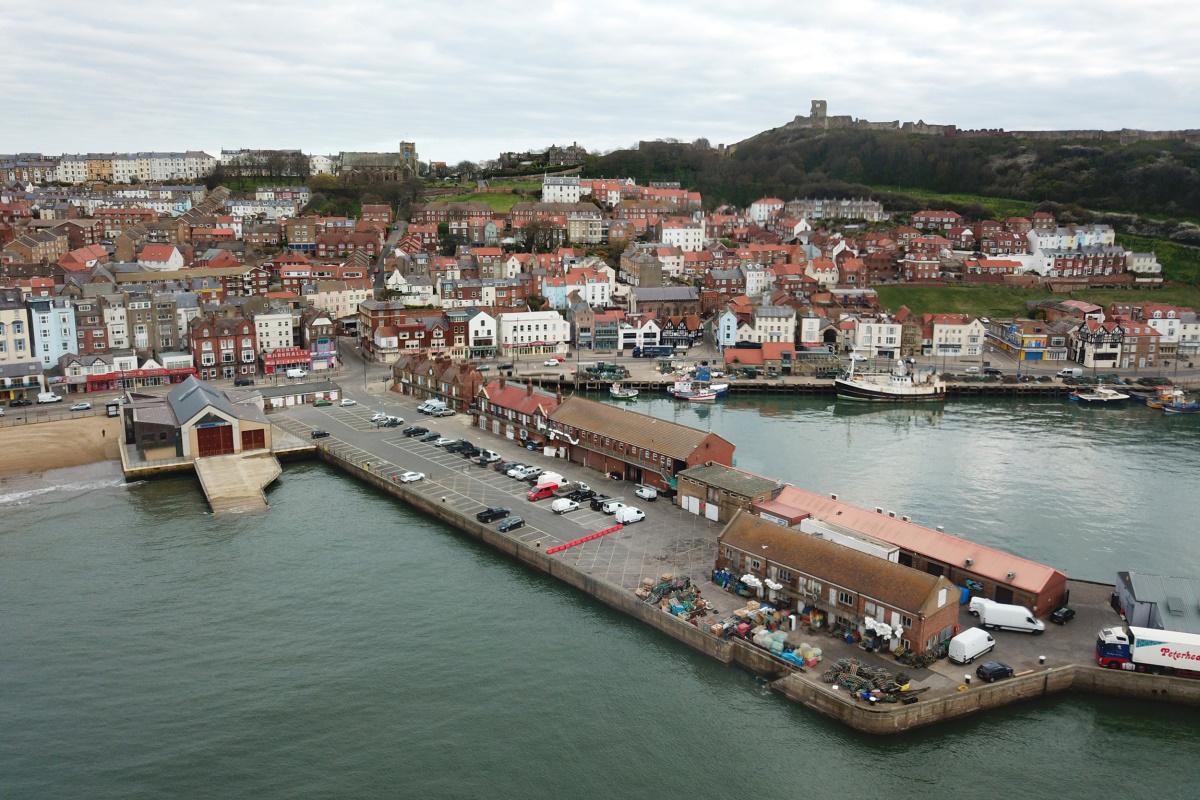 £1.84 Million Scarborough West Pier Repairs Approved
£1.84 Million Scarborough West Pier Repairs Approved
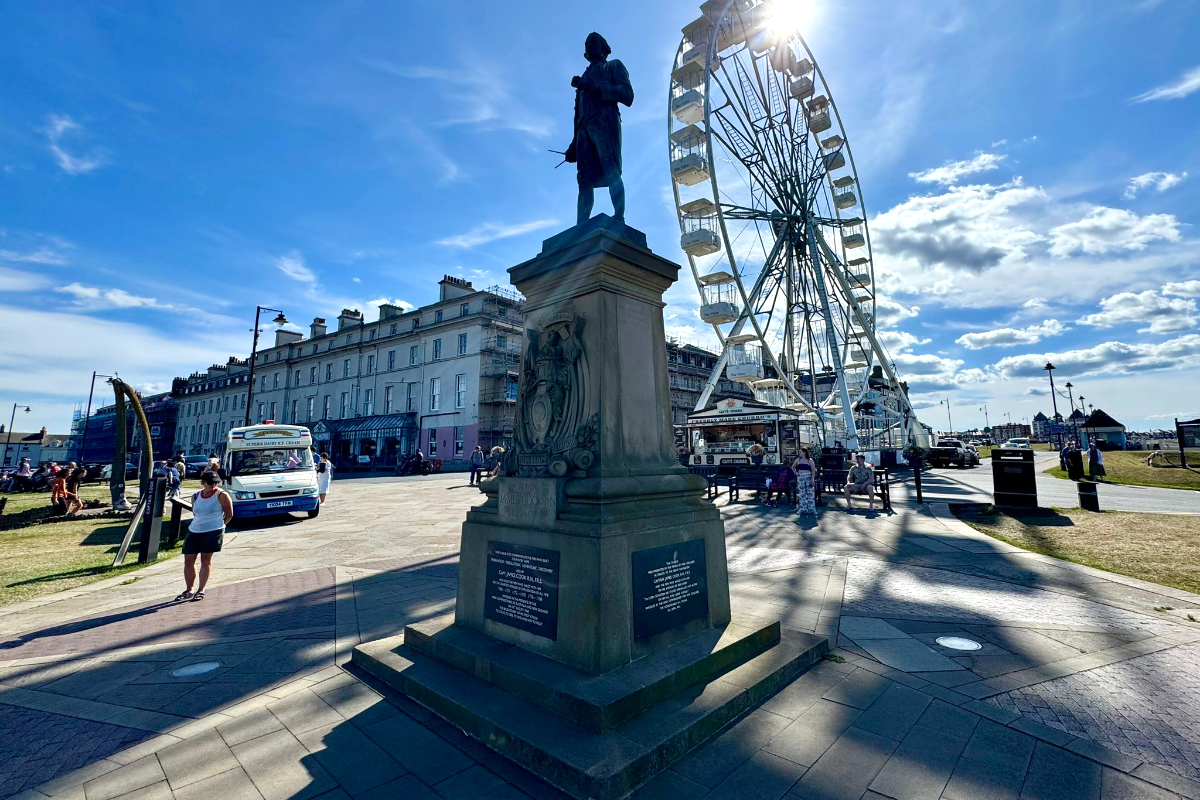 Call for Whitby to Have Dedicated Council Officer After Big Wheel Controversy
Call for Whitby to Have Dedicated Council Officer After Big Wheel Controversy
 Bridlington Volleyball Events Hailed as Big Successes
Bridlington Volleyball Events Hailed as Big Successes
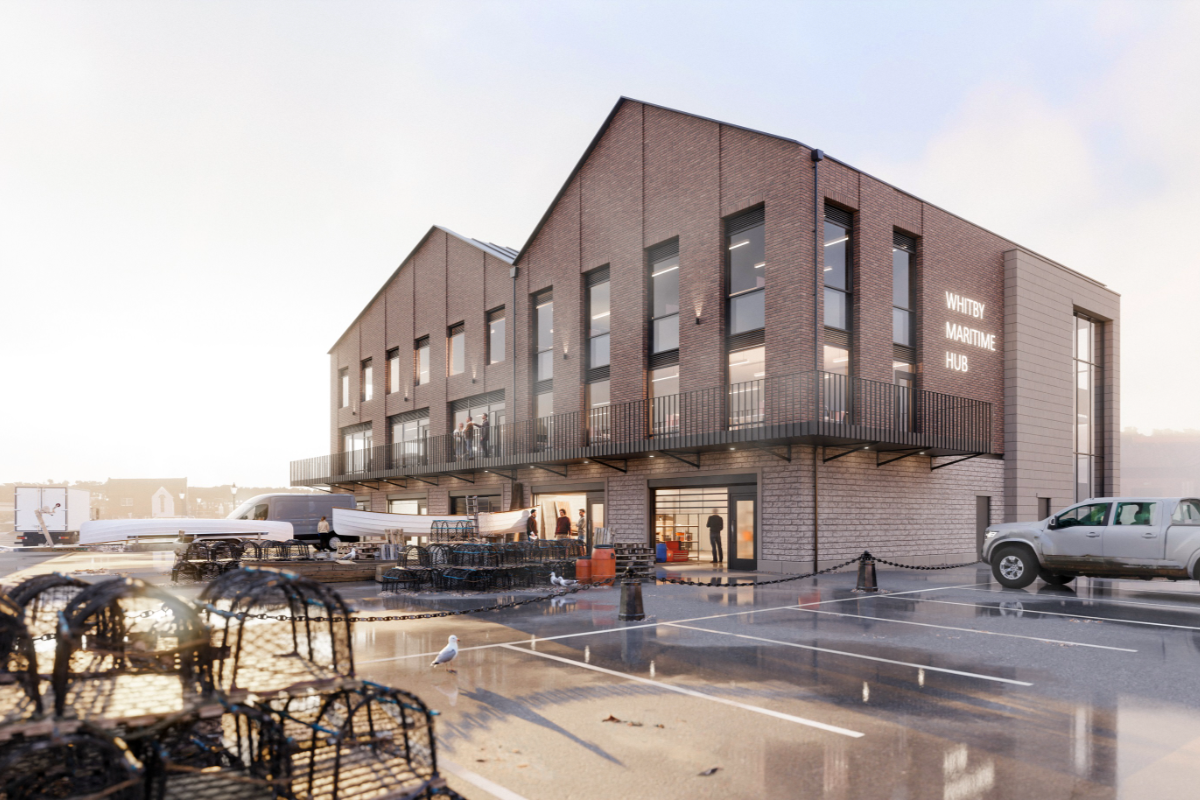 Green Light for Five-Year Tenancies at Whitby’s £10m Maritime Hub
Green Light for Five-Year Tenancies at Whitby’s £10m Maritime Hub
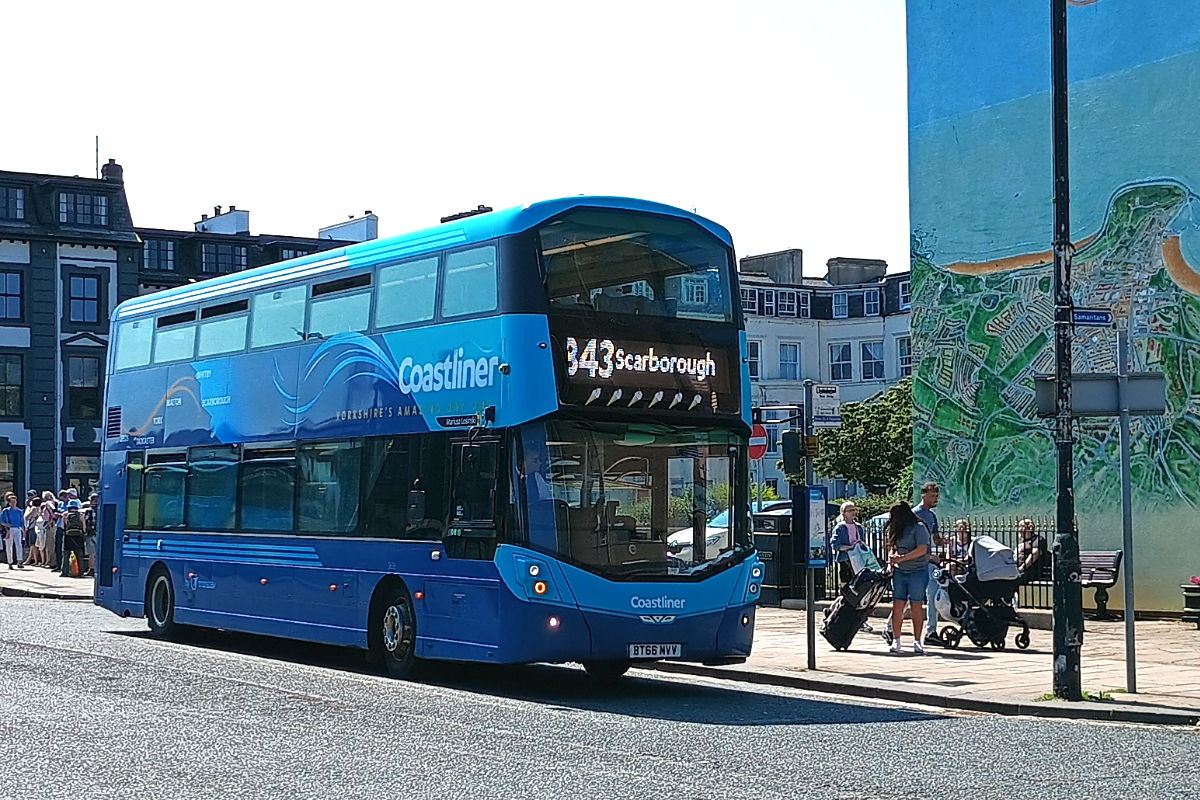 Coastliner Boosts Summer Services to Yorkshire Coast Destinations
Coastliner Boosts Summer Services to Yorkshire Coast Destinations
 Government Says ‘No Plan’ to Appoint a Minister for Coastal Communities
Government Says ‘No Plan’ to Appoint a Minister for Coastal Communities
 Scarborough and Whitby MP Votes Against Final Draft of Benefits Reform Bill
Scarborough and Whitby MP Votes Against Final Draft of Benefits Reform Bill
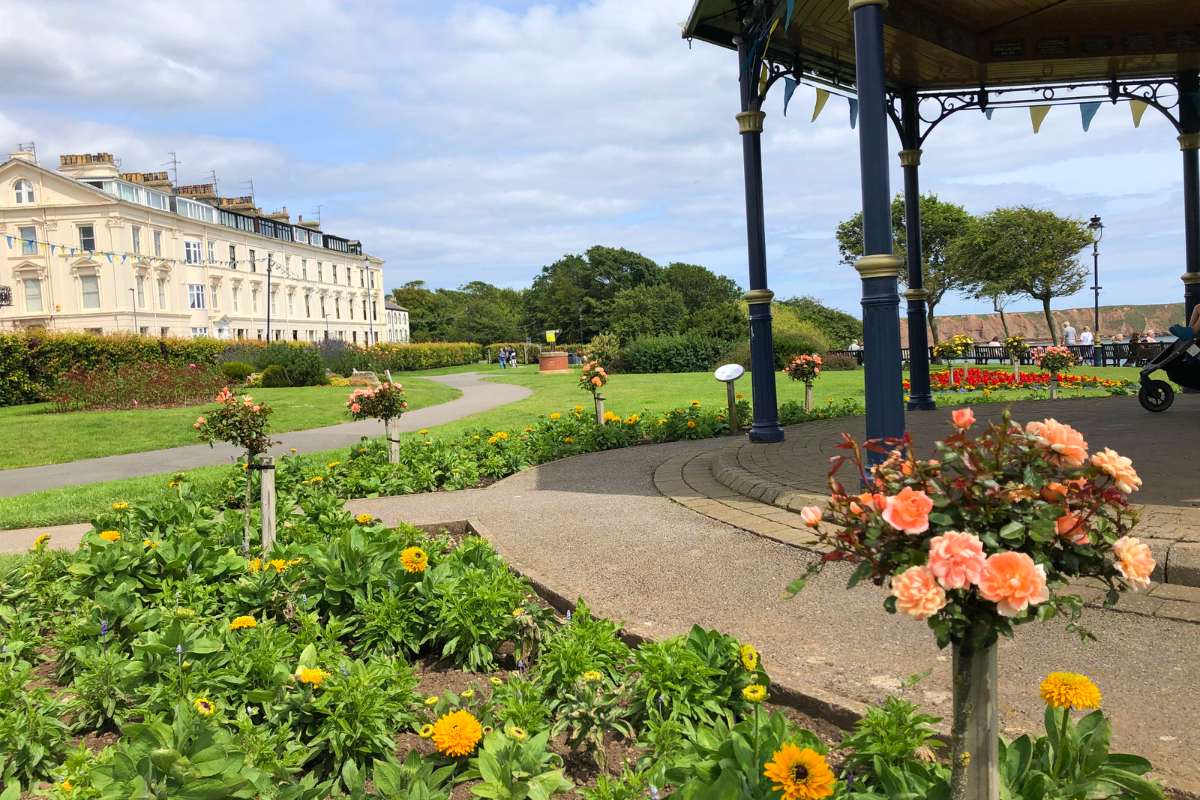 Yorkshire Coast Parks Recognised with Prestigious Green Flag Awards
Yorkshire Coast Parks Recognised with Prestigious Green Flag Awards
 Scarborough Athletic and Bridlington Town Prepare for Annual Trophy Match
Scarborough Athletic and Bridlington Town Prepare for Annual Trophy Match
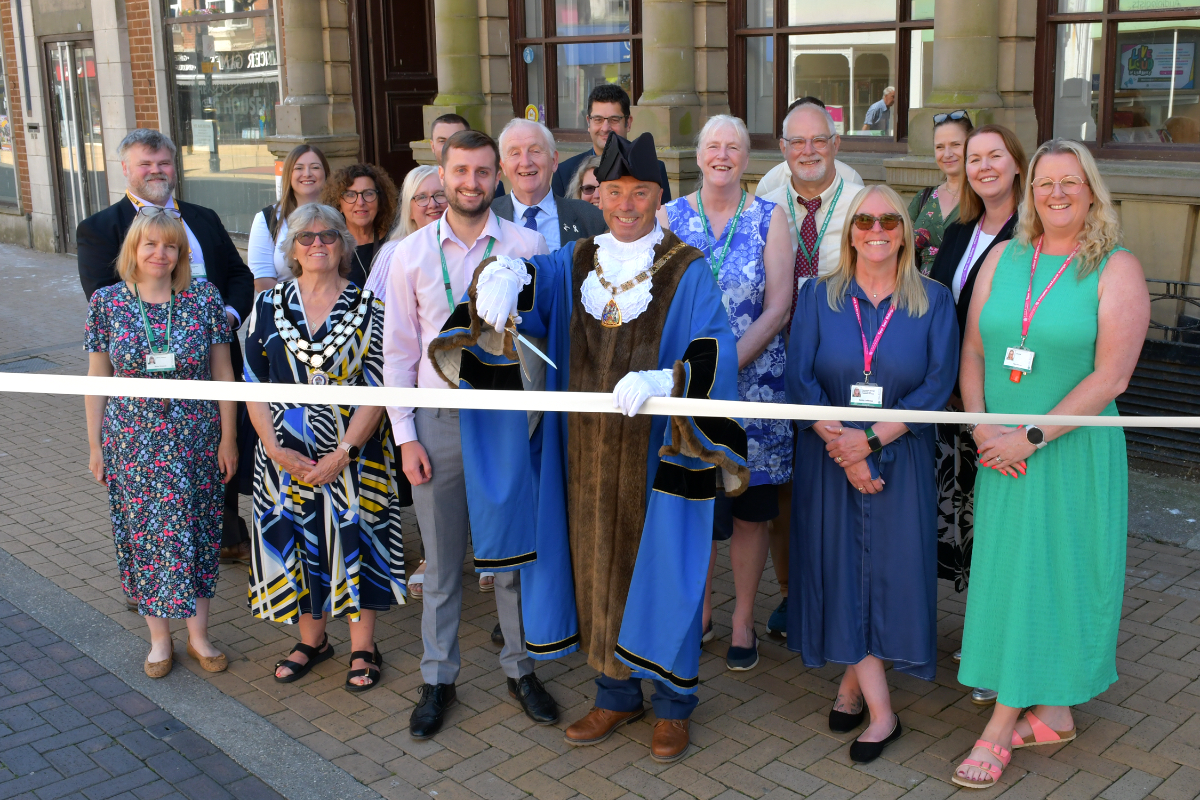 Bridlington Central Library Reopens After Major Refurbishment
Bridlington Central Library Reopens After Major Refurbishment
 Arrest After 100mph Police Pursuit Through Scarborough, Staxton and Muston
Arrest After 100mph Police Pursuit Through Scarborough, Staxton and Muston









Comments
Add a comment